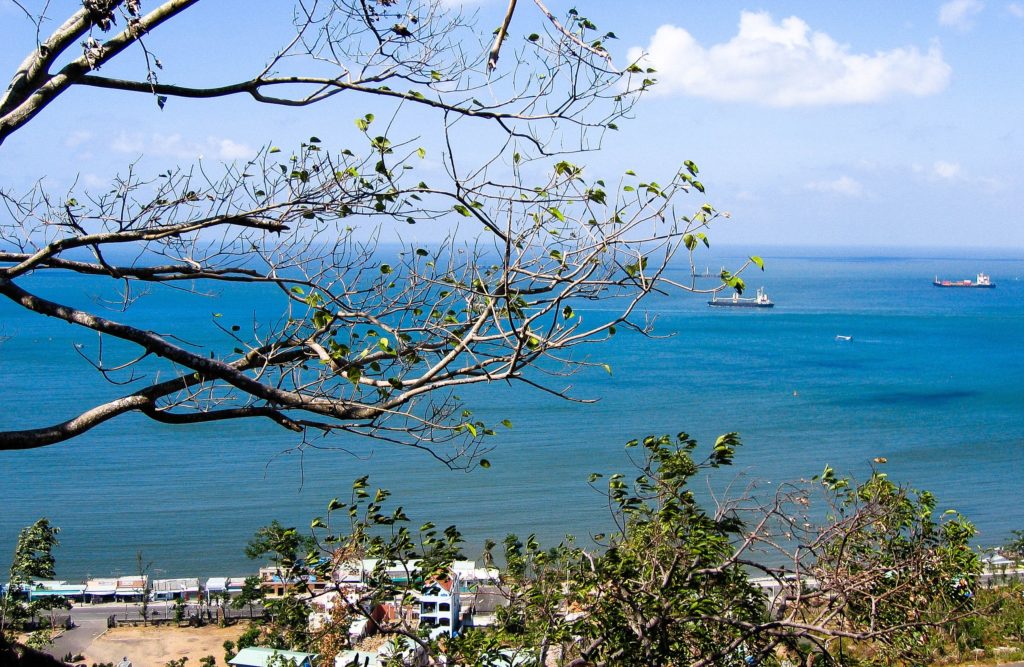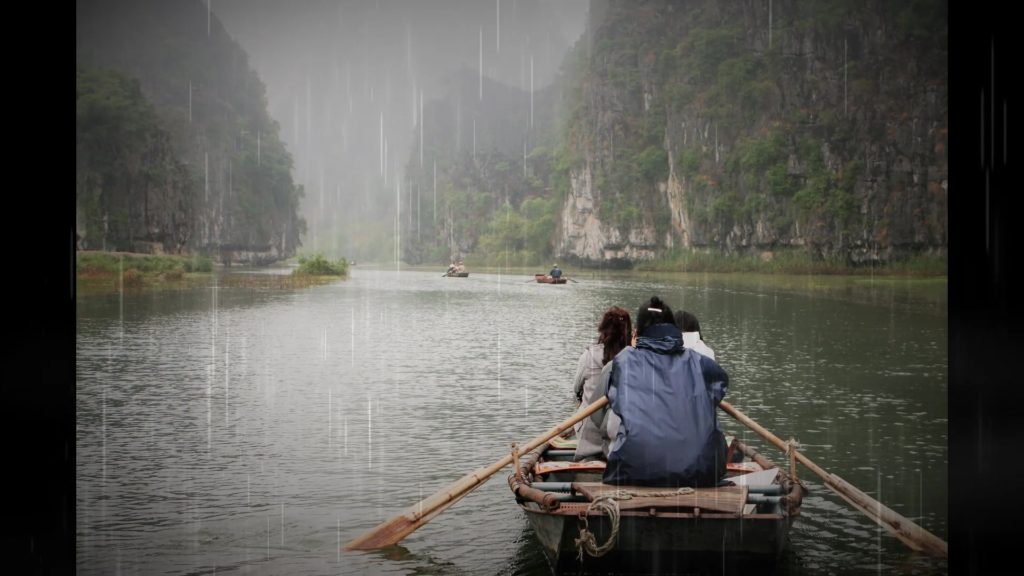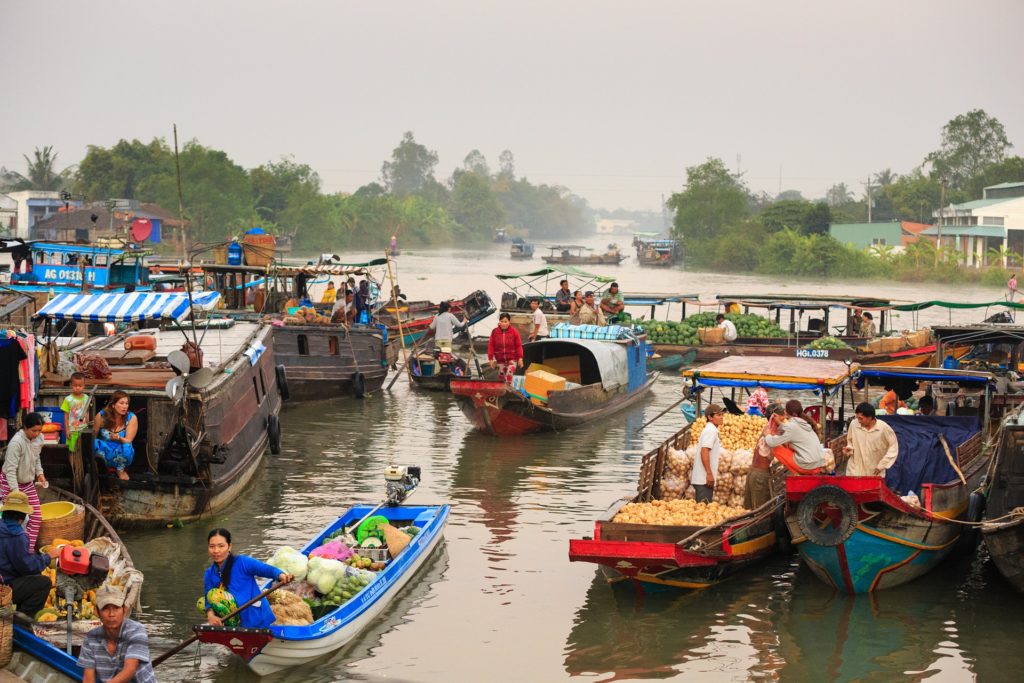Vietnam’s Climate Posted by Kandle Dart on May 24, 2021 in Seasons, Travel, Vocabulary
Geographically, Vietnam is not a big country. Horizontally, it’s narrow but vertically pretty long. in terms of square miles, it’s about half the size of the Texas. However, surprisingly, it has many different climate zones. If you travel from north to south or east to west, you will experience different temperatures in different provinces in the same time zone. Of course, the mountainous and highlands areas have their own unique climate as well.
In general, the North has a sub-tropical climate, the Central and the South have tropical climates, and the whole country is under the strong influence of gió mùa (monsoons).
Gió mùa Đông Bắc (Northeast monsoon) is from November to April, and Gió mùa Tây Nam (Southwest monsoon) is from May to October.
WEATHER IN NORTHERN REGIONS
The north is considered to have four distinguishable seasons. During the Gió mùa Đông Bắc season, the winter is cold and dry, while during the Gió mùa Tây Nam, the summer is humid and rainy. It’s pretty cloudy, misty, and chilly in December and January in some areas.
I remember back when I took a vacation to Hanoi and Ninh Bình province one time in February for a few days. I didn’t see any sunshine the entire time. It was overcast and drizzled most of the time. When I visited Động Tam Cốc (the Three Grottos), a popular tourist site in Ninh Bình province, it was so foggy and misty that it created a very picturesque, dreamy fairy land scenery for me. Low clouds blended in the sky with the mountains and the river while little wooden boats moved on the water, like gliding on the clouds into heaven. That mesmerizing scene is still vivid in my mind to this day.
If you don’t like the heat and don’t mind the mist or the cold like me, I recommend taking a sightseeing tour in the north between December and April. Don’t forget to bring a water-repelling jacket.
The mountains in the northernmost part are pretty cold in the winter. Indeed, snow covers the peaks of the Fansipan mountain range in the winter. It’s very pretty in that high mountain area.
The summer is May to late September. It’s hot and humid with heavy rainfall. I don’t think it’s the most favorable time for tourists. The transitional time between the wet and dry season is marked as the Fall. There are so many poems and songs praising how romantic it is to walk on Hanoi’s streets in this season.
WEATHER IN CENTRAL AND SOUTHERN REGIONS
From the north, the further south you go, the warmer it gets. The Central and the South have tropical climates, strongly affected by Gió mùa Tây Nam (Southwest monsoon), and there are no distinguishable seasons. It’s just hot and dry season. You don’t see the obvious change of colors in nature like in the north. They don’t have a fall time or winter time. Instead, they just have a hot and sunny day or raining day. The temperature is from hot to very hot to me.
In the Central regions, Gió mùa Tây Nam between June and November bring lots of heavy rain and typhoons to this part of the country. Natural disasters and evacuations happen in these regions almost every single year. In my opinion, central region has the harshest climate in the country. Since there is no winter in the central and the south, it’s nice to go swimming at the beach year-round.
Unlike the north central and central regions that are plagued with natural disasters during the monsoon season, the southwest (Mekong Delta) regions are busy with lots of activities during the “floating” season with chợ nổi (floating markets) between September and December. The system of river and canals there allow people to live and trade goods from boat to boat, especially fruits and vegetables.
If you think of touring the south, I suggest to travel between November and February, when the temperature is not scorching hot and not too humid. The best time would be between January-February, so you can celebrate Tết Nguyên Đán (Lunar New Year Celebration), the biggest and longest festival of the year.

Build vocabulary, practice pronunciation, and more with Transparent Language Online. Available anytime, anywhere, on any device.






